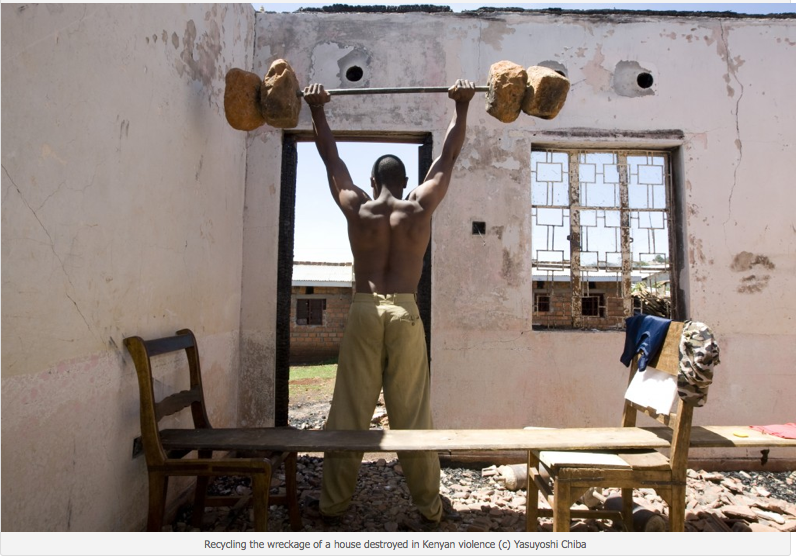War is only half the story …
Written by duckrabbitI don’t understand certain photographers attraction to war. I’m a people person and war is the place where people die.
I don’t buy all that ‘I am a witness’ stuff either. If you’re not there chances are someone else will be. Pretty much all of us are utterly replaceable in the work we do.
Something else drives photographers to war and I suspect its not that different to the reason some people join the army. The outcomes are often the same, photographers and fighters get spat out the other end, trying to come to terms with what they’ve seen, what they’ve heard, the decisions they’ve made. Don’t get me wrong, its important, vital work and I’m glad that someone does it, but the person pushing the buttons on the camera doesn’t deserve hero worship for their addiction to adrenaline, for the emptiness inside pushing them to extremes, for falling for a rotten dream.
What happens after war?
The aftermath.
The other half of the story.
The one that really counts, so much less predictable then the killing and bloodshed, so much harder to capture.
Many of the photographers I admire work the aftermath. There’s little glory to be found in it, but as the now struggles to reconcile with the past, how we record the aftermath will shape the future, whether blood binds itself to blood, or hope.
Last years short conflict in Kenya was one of the most photographed in African history. I was there in the aftermath trying to make a difference. There is no doubt how that aftermath continues to be recorded and used to broker dialogue, to confront self-interest and hate, will decide what happens when Kenya next goes to the polls.
In the aftermath of the violence the UN asked for several hundreds of millions of dollars of cash to clean up but not a dime to record what happened and to capture/document the aftermath. How can we learn not to forget if we don’t struggle to preserve history as it happens in a meaningful way? In a way that can reach people?
Of all the photos that I have worked with one by my friend Yasuyoshi Chiba captures the aftermath in a way that still knocks me out. It is my favorite photograph from my time in Kenya. It tells a different story of the people of Kenya than the one shown on our TV’s. It speaks in the aftermath of their resilience, pride and determination to rebuild their lives. That was the Kenya I grew to love and admire, and that’s the Kenya that I share with people when I speak of the place. (see Yasuyoshi’s photo below)
So what tonight am I trying to say?
Of all the awards going in photography the AFTERMATH project matches the integrity of those it chooses to honor.
No doubt it deserves the support it offers to those photographers whose head and heart is caught in the aftermath. Photography still matters and still makes a difference.
Utterly.
Great work is still being produced.
Prove that I lie.


RESPONSE:
Benjamin:
Good to see your support for the Aftermath Project here… it is true, that there are far to less coverings after the Wars have happened… because the main-tross of Photojournalists moves on to the next war-zone…
Hope to see the Aftermath-Project prosper well in the following years…
Val:
A project definetely worth supporting. I would much rather see pictures like Yasuyoshi’s above rather than of dead bodies or people about to get killed. Exploring the aftermath of war might also help us to think twice before we wage war again… it might

Discussion (2 Comments)
Good to see your support for the Aftermath Project here… it is true, that there are far to less coverings after the Wars have happend… because the main-tross of Photojournalists moves on to the next war-zone…
Hope to see the Aftermath-Project prosper well in the following years…
Greetings from Hamburg/Germany
Ben
A project definetely worth supporting. I would much rather see pictures like Yasuyoshi’s above rather than of dead bodies or people about to get killed. Exploring the aftermath of war might also help us to think twice before we wage war again… it might